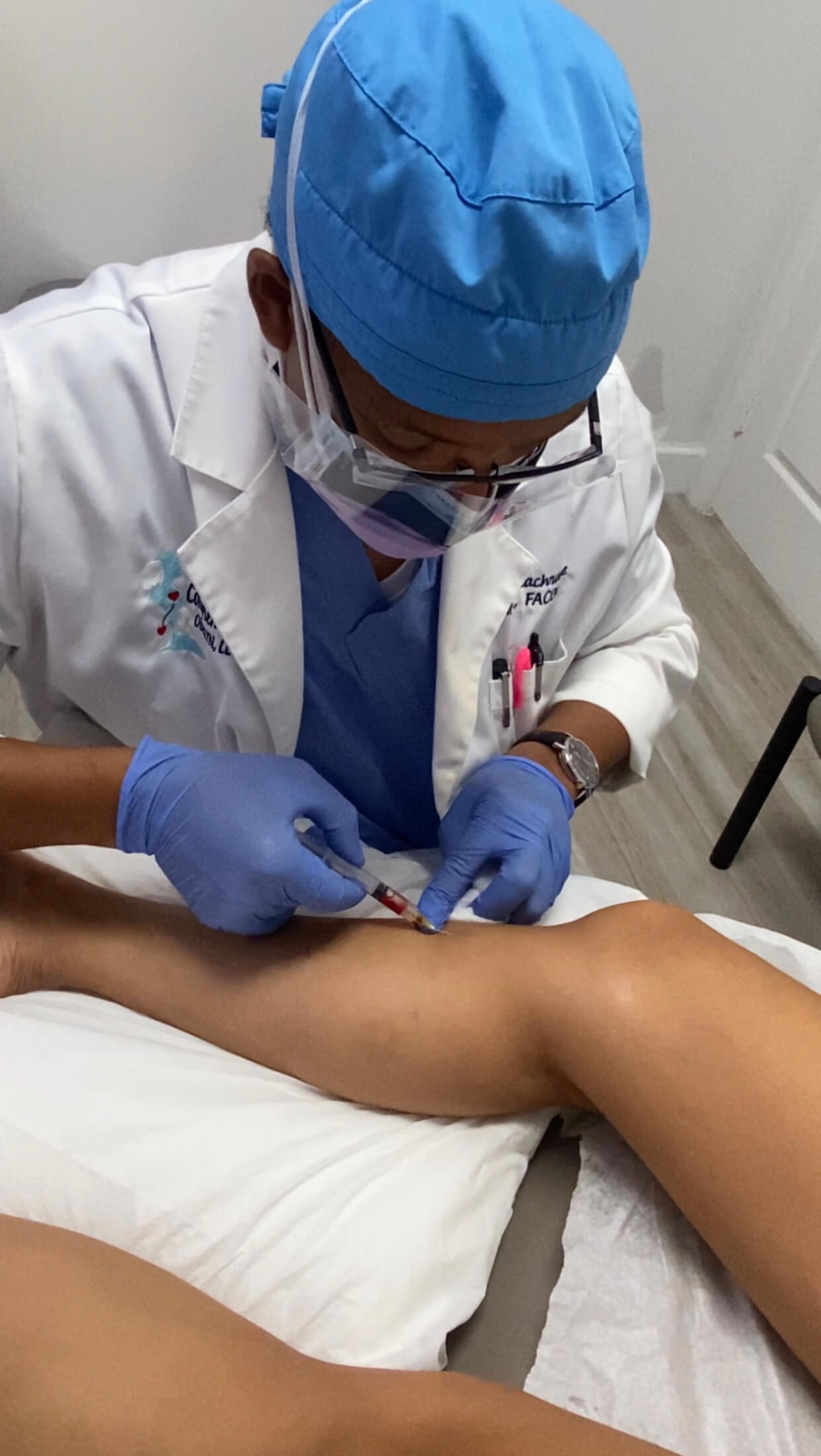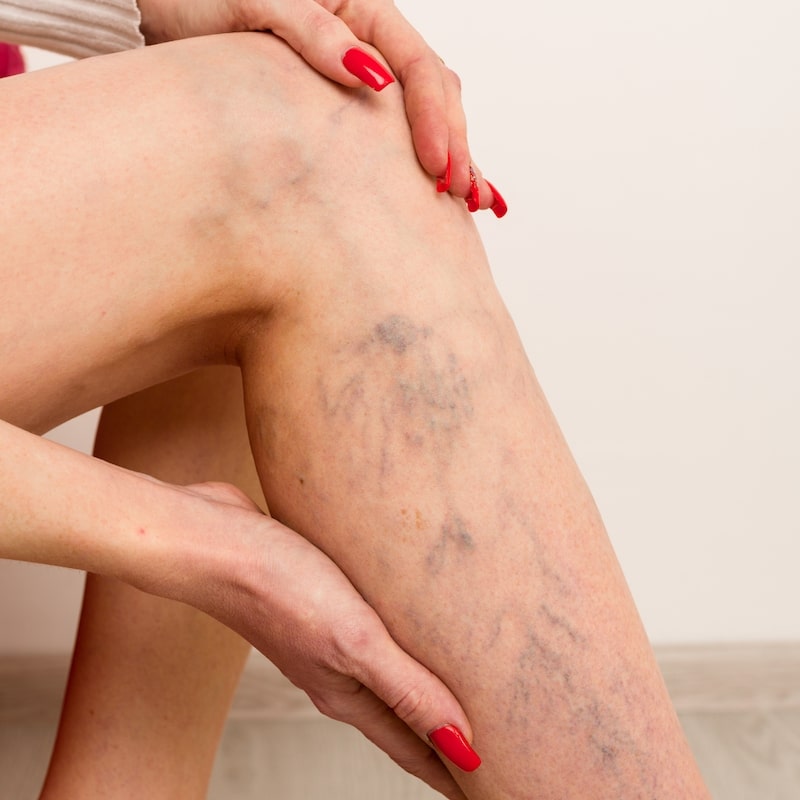Spider Vein Treaments
Spider vein Treatment options
Sclerotherapy is the method for eliminating spider veins by injecting a sclerosing agent into the veins. Most patients will have a significant clearing of the veins with little to no downtime.
The Aerolase Neo Elite laser safely treats a wide range of visible blood vessels, from angiomas and spider veins to large leg veins. The Aerolase Neo Elite delivers a pulse of laser energy, which will cause the blood within the vein to coagulate and destroy the vessel. Your body will absorb the vessel over several weeks to leave your skin looking rejuvenated and youthful. No matter what part of your body is affected, the Aerolase Neo Elite can safely and effectively take care of any unwanted veins. This laser is also safe for darker skin tones.
Important facts about spider veins treatment
There is usually minimal reaction after laser therapy. After the treatment, you will wear a compression bandage or hose for up to two weeks. Laser therapy often is used in conjunction with sclerotherapy to treat varicose and spider veins.
Sclerotherapy/laser treatments do not prevent new spider veins and varicosities from developing later. Many people require treatments from time to time to keep their legs clear. The total number of treatments depends upon the amount and the severity of the veins (average is 3-5 but can take more than 10 in severe cases). In each session, we can treat multiple areas. Each vein may need to be injected several times to clear or improve the condition. Most patients see improvemen in a matter of months.


Spider veins FAQ
What are spider veins?
Veins are the blood vessels in your body that deliver blood to your heart. They are small veins that are visible below the surface of your skin. They form thin webs or branches under your skin and often appear blue, purple, or red. They don’t typically cause pain, but they can be unsightly. They are similar to varicose veins but not as large or textured. If you find yourself covering up because you’re embarrassed about spider veins, it’s time to find out what your treatment options are.

What causes spider veins?
Your veins get damaged and become spider veins when the valves in the vessels allow blood to flow backward. The valves in blood vessels can weaken and blood can pool in your veins, creating spider veins. Women are more likely to get them. Hormonal changes from taking birth control, being pregnant, or going through menopause increase your risk for spider veins.
Some common causes for include:
- Gender
- Age
- Obesity
- Family history
- Standing for long periods
- Hormone changes
- History of blood clots
How are spider veins treated ?
They are often a cosmetic concern, and there are several treatment options for getting rid of them. Some conservative methods help prevent and treat spider veins. You can increase your activity level and work toward a healthy weight to help keep your veins healthy. Cosmetic procedures also address spider veins. ThreeForMe laser treatment uses heat energy to treat unsightly spider veins. Laser energy permanently damages spider veins, closing off the blood flow. When the damaged vessels are closed, your body eliminates them and they fade from view. Cosmetic vein treatment is a safe, minimally invasive method of treating varicose veins. Soon after treatment, your spider veins disappear and you have smoother, younger-looking skin.
What are the risks associated with Laser/Sclerotherapy?
Risks may include: Pain, burning, blister formation, and stinging sensation at the treatment site; hyperpigmentation (increase in skin color or darkening), poor cosmetic outcome, recurrence of vessels at the treated site, allergic reaction, superficial clot formation, bleeding, matting, bruising, ulcer formation and or temporary phlebitis at the treatment site.


